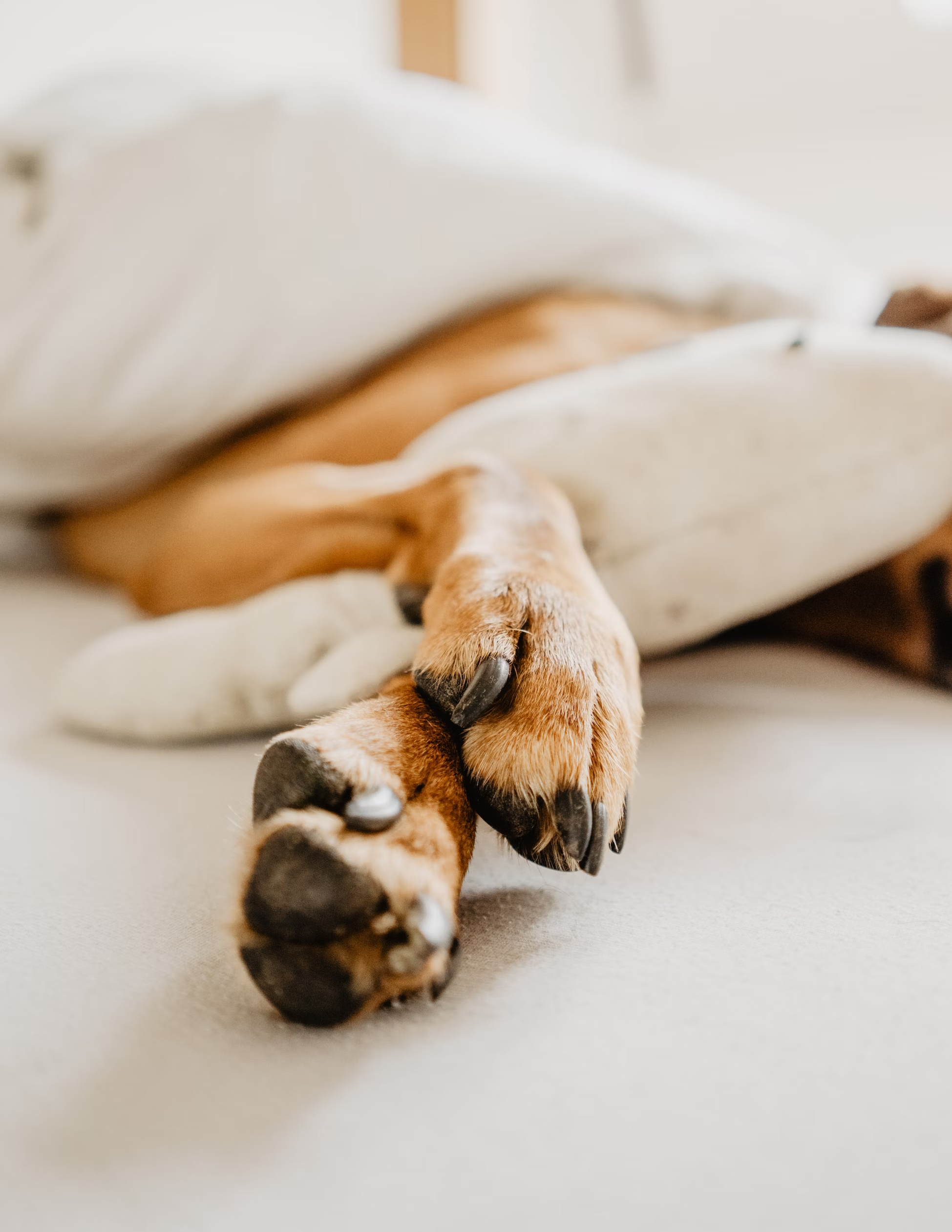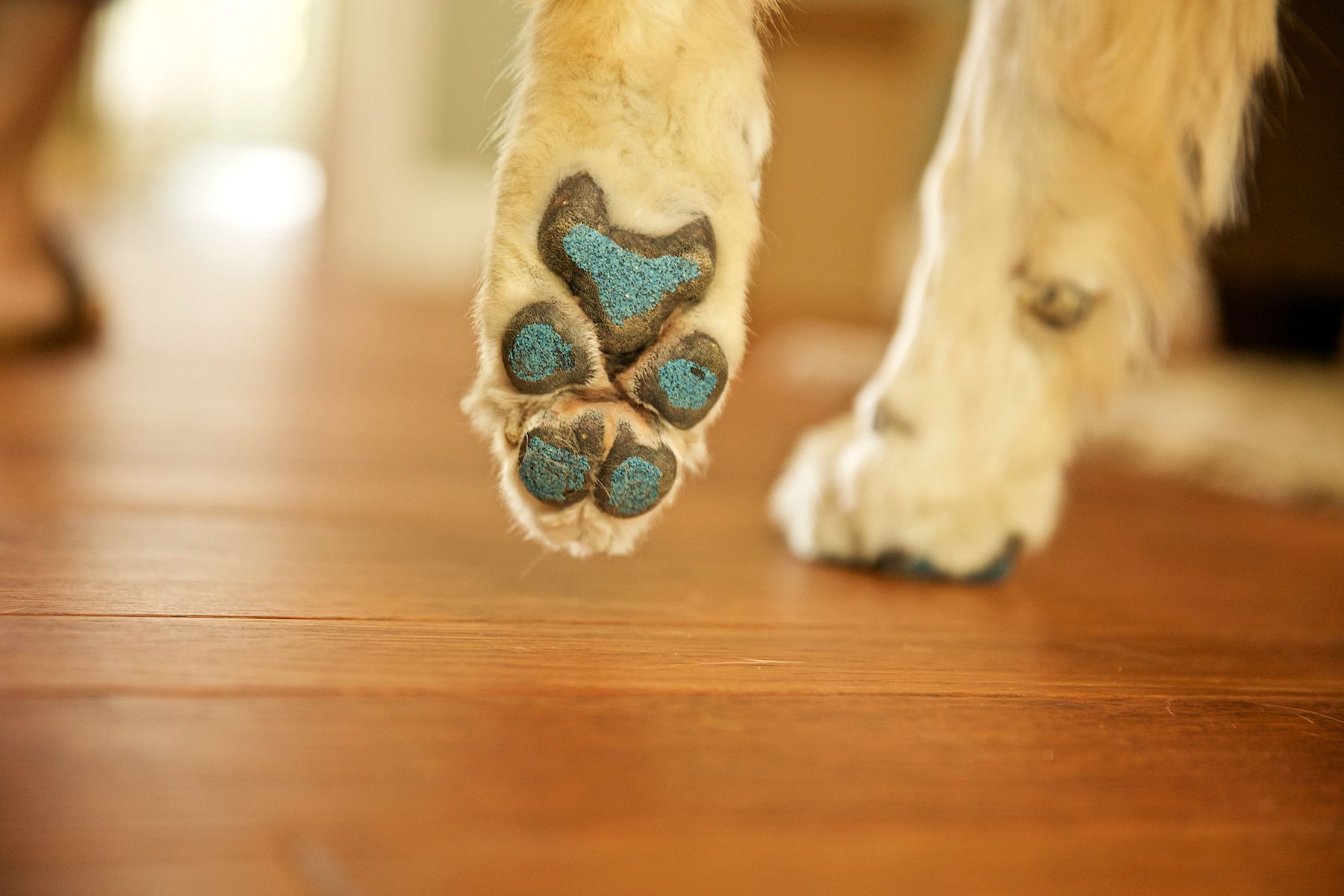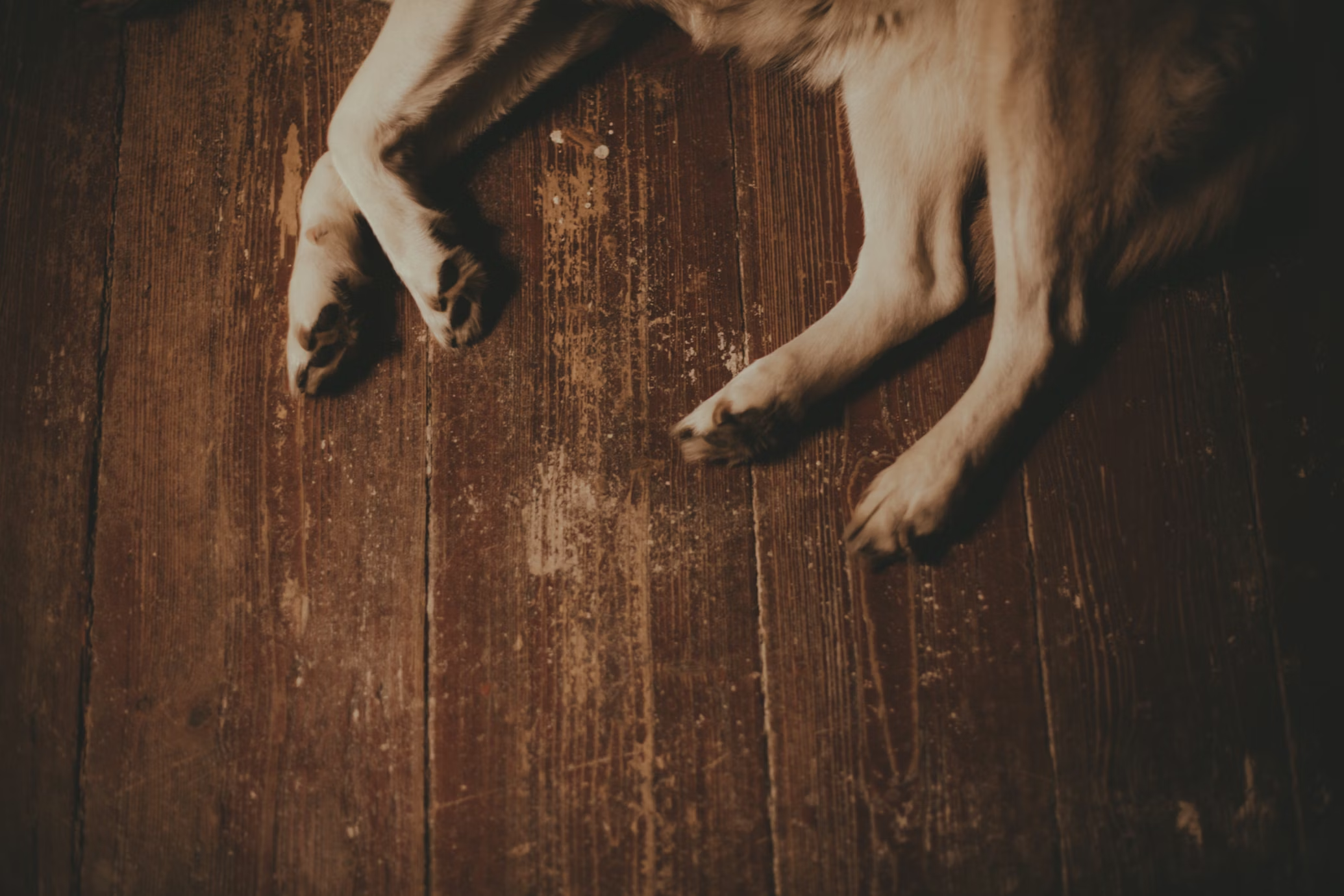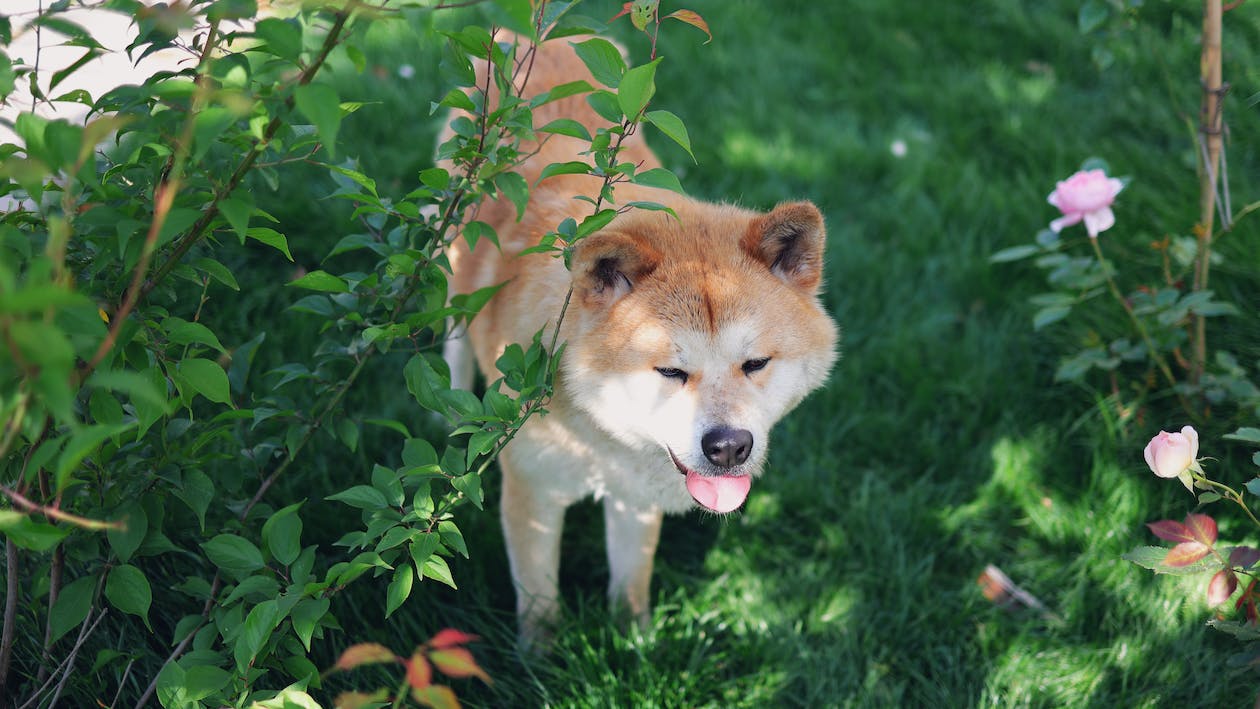Has your dog torn or lost their dew claw, leaving you wondering if this unique toenail will grow back? Unlike other dog nails, injured dew claws often cannot regrow due to their anatomy and position on the leg. However, the ability to regenerate depends on the severity of damage and age of the dog.
Keep reading to better understand the factors that determine if a dog’s damaged dew claw can regrow.
What are Dew Claws?
Dew claws are vestigial digits located on the inner side of a dog’s lower front legs and occasionally on the hind legs too. Unlike the primary weight-bearing toes, dew claws don’t touch the ground and serve no clear functional purpose akin to our thumbs.
Some key features that distinguish dew claws include:
- Positioned higher up on the leg than other nails
- Lack fixed bone structure like other digits
- Attached by skin and muscles alone, not connecting tendons
- Prone to catching and tearing on objects
Due to vulnerability, dew claws are often removed when dogs are just days old. But some breeds keep them intact.

Can Dew Claws Regenerate if Damaged?
Unlike the weight-bearing nails continuously worn down, the positioning of dew claws allows them to grow in length unchecked. But this also makes them prone to snagging and painful tears when excessively long.
If a dew claw tears partially but the base remains intact, the nail should fully regrow if kept trimmed short. The nail matrix where cells multiply to create the nail plate is preserved at the base.
However, if the entire dew claw nail is pulled out or amputated at the joint, regeneration is unlikely. The matrix cell growth center is removed so new nail has no place to develop.
Surgical techniques influence regeneration potential. Laser removal is least likely to regrow.
Factors Affecting Dew Claw Regeneration
Several factors impact whether a dog’s damaged dew claw can regrow or not:
Puppy vs Adult
Puppies under 6 months have greater healing capabilities and nail matrix cell activity making regrowth more likely if the base remains. Regeneration is still possible in adults but reduced.
Injury Location
High tearing only affects the nail. But trauma to the digit joint, bone, or ligaments prevents regrowth. X-rays determine joint or bone involvement.
Breed
Some breeds like Great Pyrenees, Briards, and St. Bernards have strong rear dew claw attachment enabling better regeneration. Floppy dew claws rely solely on skin to regrow.
Rear vs Front Dew Claws
Rear dew claws are linked via tendons and may have attached bone enabling partial regrowth depending on location. Front dew claws have no bony attachment.
Damage Severity
With conservative trimming of overgrown nails, most dew claws regrow well. But complete amputation or avulsion removes the nail matrix stopping regrowth.
Post-Operative Care
Protecting surgical sites with bandages, preventing licking, and restricted activity help optimize healing and regeneration odds.
While total regrowth is difficult, some nail length often returns if the base remains intact after injury. Protecting dew claws from catching minimizes the need to find out. Regular gentle trims keep them short and safe.

Why Does My Dog Have Two Dew Claws?
Some dog breeds like Briards, Great Pyrenees, and Norwegian Lundehunds have double hind dew claws likely originally useful for traction in snowy climates. Double dew claws follow similar regeneration principles as single when damaged. The front double dew claw must be removed as a newborn since it grows embedded in tissue.
What To Do If Your Dog Rips Off a Dew Claw?
If your dog tears or loses their dew claw, follow these first aid steps:
- Apply pressure with a clean cloth for 5-10 minutes to stop bleeding. Elevate the paw.
- Flush the injured area with tap water then pat dry.
- Bandage snugly using self-adherent wrap to protect the wound.
- Restrict activity and prevent licking to allow it to heal.
- Give over-the-counter pain medication if needed.
- Seek veterinary attention promptly to assess severity and regrowth potential. Amputation under anesthesia may be required.
While unlikely to fully regenerate if lost entirely, following prompt first aid steps give a damaged dew claw its best chance of partial regrowth. Protect remaining dew claws proactively with frequent gentle nail trims.
Conclusion
Unlike other nails, dew claws lack robust structure and position making them vulnerable to painful tears and unlikely to regrow if completely pulled off. However, with prompt first aid and veterinary attention, regeneration is possible depending on the severity and location of injury, especially for puppies or breeds with sturdier attached dew claws. Take steps to prevent dew claw damage and act quickly if they snag to optimize healing.



